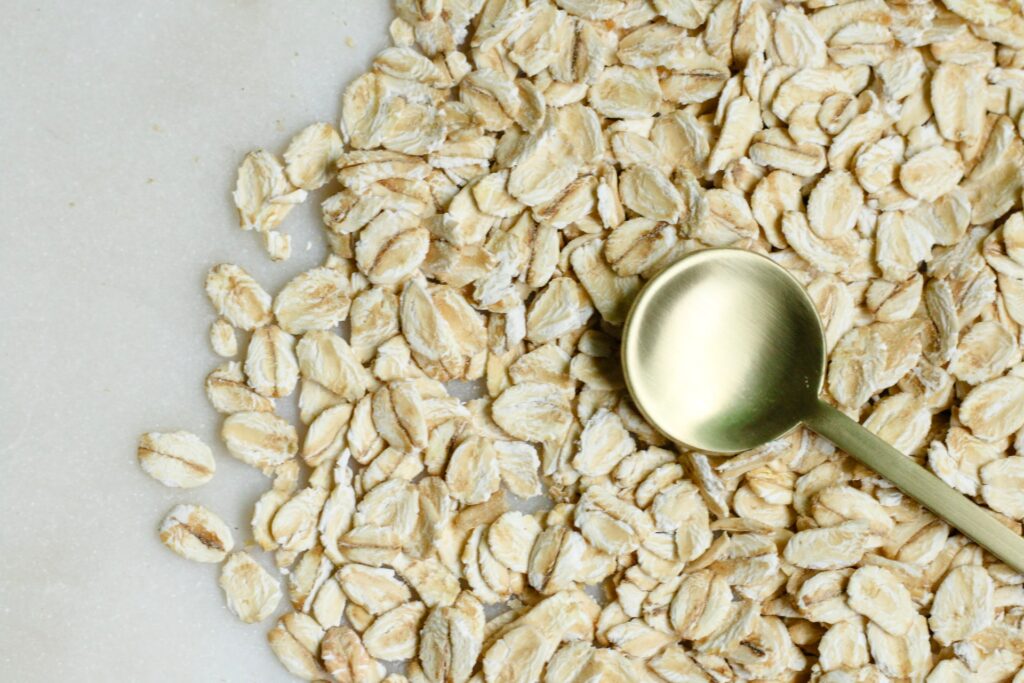Macronutrients
The roles of macronutrients are mainly to provide energy for proper body functioning but are not limited to that. Foods consumed are made up of macronutrients and micronutrients. If you want to build muscle mass or care about weight loss, you need to know about macronutrients but you also need to remember that the requirements for them depend on your activity level.
Macronutrient categories
Macronutrients can be divided into 3 main categories: proteins, fats and carbohydrates.
Carbohydrates provide approximately 4kcal/1g. Upon digestion, they are converted to glucose, which is further utilised by our body to produce energy and is usually metabolised pretty fast. Glucose is a preferred source of energy for our brain. It is also required for proper body function by erythrocytes. Carbohydrates can be simple or complex and vary in GI (Glycemic Index) scoring, where the higher the glycemic index, the quicker glucose levels in the blood flow rise. Glucose deficiency may cause the body to enter the state of ketosis, which is „a metabolic state in which there’s a high concentration of ketones in the blood” (1). During the state of ketosis, the body will have to produce ketone bodies to serve as fuel as there is not enough glucose in the bloodstream.
Proteins provide approximately 4kcal/1g. Upon digestion they are converted to amino acids and used as substrates within the body to create larger structures in the process of anabolism, that is they are used to allow the body to grow, create new tissue and recover damaged tissues. When other fuels are unavailable, glucogenic amino acids can be converted into glucose, however, proteins are not a preferred source of energy. They also aid the function of the immune system. Inadequate protein intake may cause loss of muscle mass, greater risk of bone fracture, stunted growth in children, increased appetite and thus calorie intake and lower the response of the immune system, which may further increase the severity of the infections and that itself will make the body take more time to recover from an illness or an infection.
Fats provide approximately 9kcal/1g. They can be divided into saturated fats, monounsaturated fats and polyunsaturated fats. They are much higher in energy and are metabolised much longer than carbohydrates. They are a source of long-lasting energy, but not only. Some of their other function is aiding in vitamin absorption (vitamin A, D, E, K) or immune response. As fat-soluble vitamins’ absorption is increased when consumed with fats, inadequate fat intake will decrease their absorption rate, which may cause the body to enter a state of malnutrition as vitamins are essential nutrients. Another risk of dietary fat deficiency is a hormone system malfunction.
Macronutrient examples
Macronutrients can come from many sources. Below, you can find a list of basic macronutrient sources so you can have a brief understanding of where to find certain nutrient types.
Proteins
- Lean meat
- Lean fish
- Cottage cheese
- Soy
- Beans
- Lentils
Fats
- Oily fish
- Lard
- Beef tallow
- Olive oil
- Butter
Carbohydrates
- Rice
- Pasta
- Grains
- Bread
- Cereals
- Oats
- Potatoes
Summary
To summarize each of the macronutrients has its role and their inadequate intake may cause certain health risks, therefore it is important to supply the body with the appropriate amounts and in appropriate ratios. Otherwise, health might be compromised as your body needs a balanced diet to function properly.
References:
- Healthline, What is Ketosis, accessed on 06/05/21, available at: https://www.healthline.com/nutrition/what-is-ketosis




